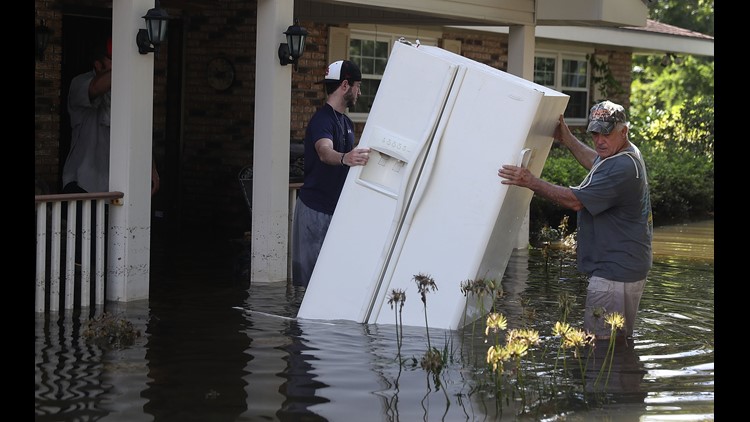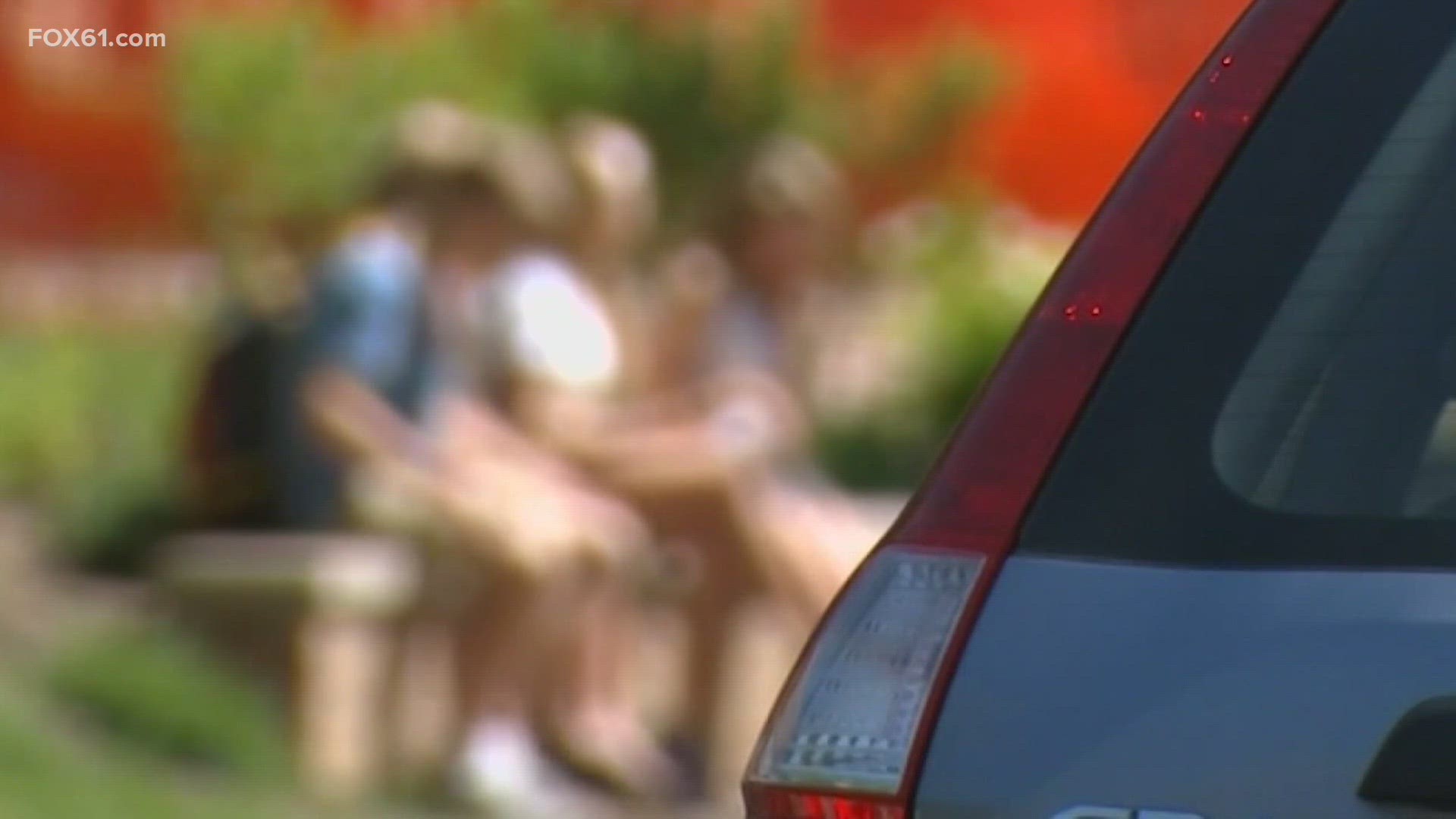WASHINGTON — Man-made climate change about doubled the chances for the type of heavy downpours that caused devastating Louisiana floods last month, a new federal study finds.
Using two different sets of measurements and computer model runs simulating thousands of years, scientists found a clear sign of global warming in the rain that triggered the flooding that killed at least 13 people, damaged 150,000 homes and cost at least $8.7 billion. More than 26 inches of rain fell in one week, starting in mid August, with nearly a foot in just one day, according to the National Oceanic and Atmospheric Administration.
Because the downpour was less than a month ago, this study — a collaboration by NOAA’s Geophysical Fluid Dynamics Lab, Princeton University, the Dutch weather agency and the private science-and-journalism Climate Central — has not been peer reviewed yet. Still, it has been accepted by the journal Hydrology and Earth System Sciences and will be peer reviewed live online over the next couple months. The Associated Press contacted 11 outside experts and most of them praised the science and conclusions of the study.
“The global warming signal is present in these numbers,” said study lead Karin van der Wiel, a NOAA and Princeton University researcher and meteorologist. “For a precipitation event of this size to occur on the central Gulf Coast, the odds have increased by at least 40 percent and most likely doubled.”
After the floods, the question was raised: Did global warming play a role? Climate Central’s World Weather Attribution team brought in NOAA and others because of their high-quality computer models that had already been running data, said Climate Central chief scientist Heidi Cullen.
The team uses methods that National Academies of Sciences says are fair and accurate to determine if global warming played a part in weather disasters. Sometimes they have found a climate change connection; other times, such as in German floods and Brazilian drought, they have not.
The computer simulations run over and over again, comparing scenarios in which man-made greenhouse gases trap heat and others mirroring current conditions and other scenarios. The scientists concluded that climate change turned a once-every-50-year situation somewhere on the Gulf to a once-every-30-year-or-less situation, and the odds of such downpours increased anywhere from 30 percent to more than 240 percent. The most likely figure is about a doubling, but van der Wiel said they can see is at least a 40 percent increase.
“We are now actually able to objectively and quantifiably say ‘yes, climate change contributed to this event,'” Cullen said of the Louisiana downpours. “It’s unequivocal.”
Most outside experts — including six who contributed to the National Academies of Science report that looked at climate attribution studies — praised the science and results. The national academies panel chairman, retired Admiral David Titley, a Pennsylvania State University meteorology professor, said the Louisiana study followed the guidelines the academies set out and uses observations, models and physics to come to its conclusion.
“It’s an excellent study,” said Columbia University climate scientist Adam Sobel, who was on the academies report team. “These are top established researchers and the GFDL model is one of the best in the business for this purpose. The methods are appropriate and very thoroughly and clearly explained as are the assumptions necessary to draw the conclusions.”
National Center for Atmospheric Research senior scientist Kevin Trenberth said the study seems to come to the right conclusions, but misses the role of super warm seawater and “off the charts” moisture in the air, some of which was natural due to El Nino and about one-third from man-made climate change.



